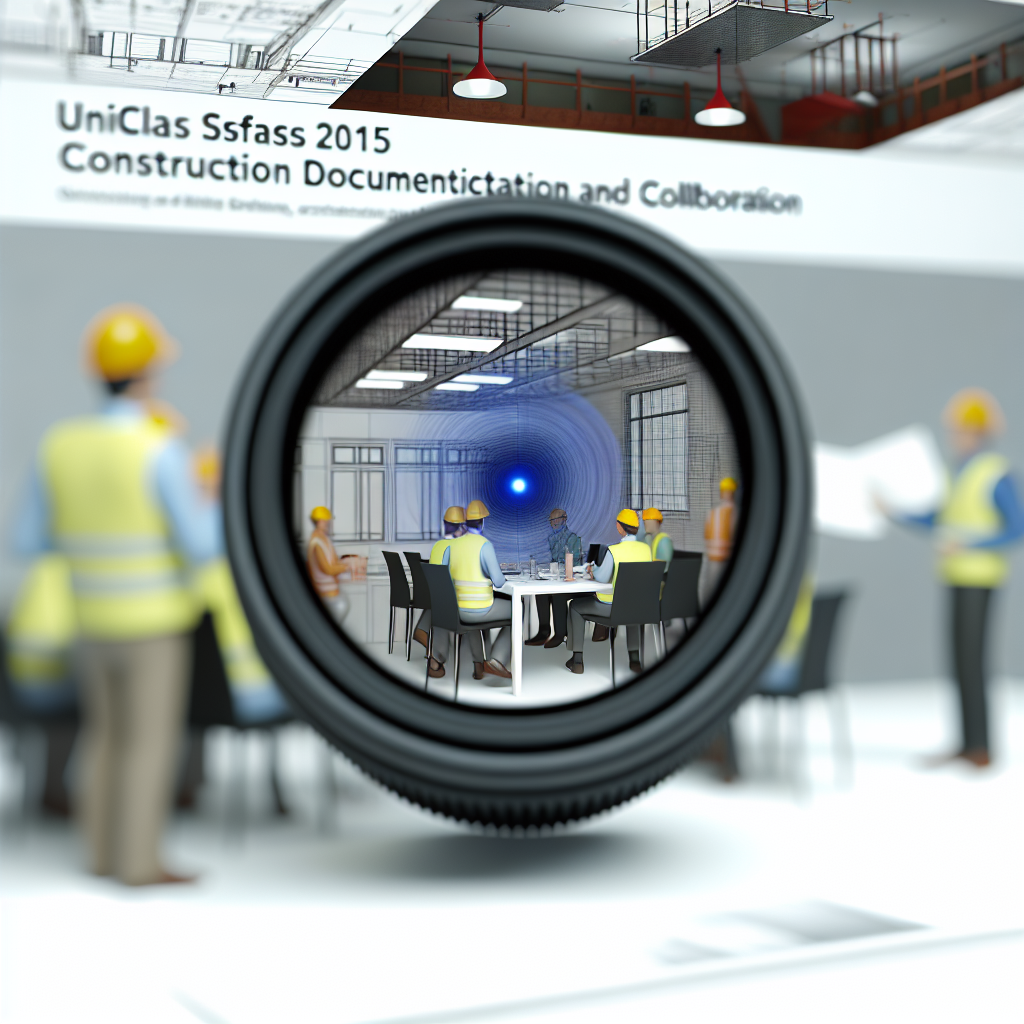Uniclass 2015 is a comprehensive classification system designed to streamline information management and facilitate collaboration across all stages of building projects. Its practical application ensures that construction, design, and maintenance processes are more organized, efficient, and consistent. In this article, we will explore how Uniclass 2015 functions in practice and its benefits for industry professionals.
Implementing Uniclass 2015 in Construction Documentation and Information Management
One of the primary practical uses of Uniclass 2015 is in organizing construction documentation and asset data. The system provides a standardized framework that categorizes every element of a building—from design concepts to construction components and facilities management. This categorization is organized into multiple tables, such as elements, parts, services, and zones, each covering specific aspects of the project.
For example, when developing a Building Information Model (BIM), Uniclass 2015 helps ensure that all data is consistently classified, making it easier to retrieve, analyze, and share information across teams. This improves decision-making, reduces errors, and enhances project communication. Contractors and facility managers benefit from having clearly defined data, which simplifies maintenance, upgrades, and future asset management activities.
Practitioners often integrate Uniclass 2015 into their workflows using compatible software tools, ensuring seamless data exchange and interoperability. This standardized approach minimizes confusion and promotes a shared understanding among architects, engineers, contractors, and owners.
Enhancing Collaboration and Compliance through Uniclass 2015
Another key practical aspect of Uniclass 2015 is its role in fostering collaboration among multidisciplinary teams. Since the classification system offers a common language, project participants can communicate more effectively, reducing misunderstandings and ensuring alignment on project scope and scope changes.
Moreover, Uniclass 2015 supports compliance with industry standards and government regulations, especially in regions where standardized classification is mandated. Its ability to provide a consistent framework for reporting, asset management, and lifecycle analysis helps organizations meet statutory requirements and improve sustainability practices.
As projects become more complex and data-driven, the importance of a unified classification system like Uniclass 2015 increases. It enables stakeholders to collaborate more efficiently, make better-informed decisions, and manage assets throughout their entire lifecycle effectively.
In conclusion, Uniclass 2015 offers a robust, practical framework for organizing, sharing, and managing building information. Its application in documentation, BIM integration, collaboration, and compliance significantly benefits construction professionals by increasing efficiency and reducing risks. Embracing this system can lead to smarter, more sustainable project delivery and facility operation, making it an essential tool in modern architecture and construction.
